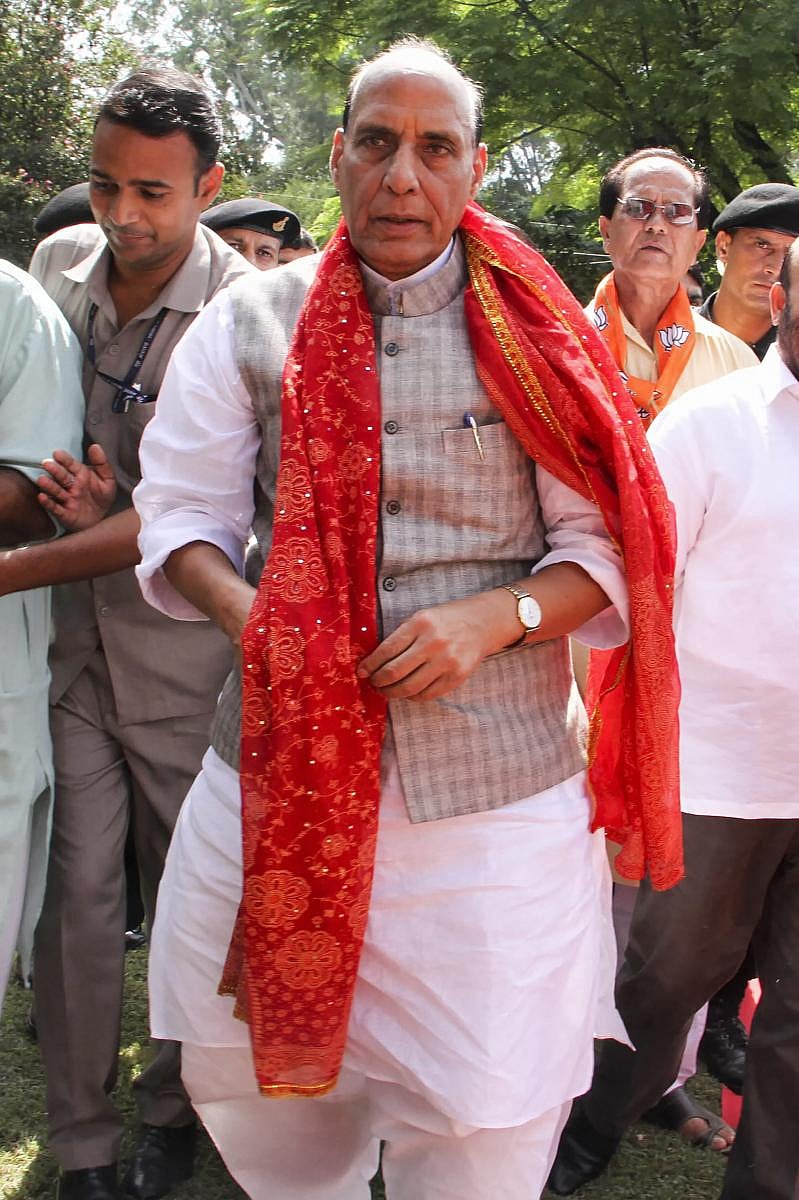Union Home Minister Rajnath Singh’s statement that the government will be able to eliminate Maoism in the country within the next three years is not only an ambitious boast but it also seems to be based on a flawed understanding of the phenomenon of left-wing extremism in the country. Certainly, the government’s counter-insurgency operations have reduced the number of active Maoists. As Singh pointed out, over the past year, 131 Maoists were killed, 1,278 arrested and 58 surrendered. He seems to have missed the fact that just a fraction of Maoists chose to surrender and lay down arms. It means that the majority of them remain wedded to armed struggle to achieve their goals. So yes, the government may be able to quell the insurgency for a few years by killing and arresting Maoists, but it is only a matter of time before the violence re-emerges and escalates. The Maoist movement in India has been stamped out in the past as well, only to escalate subsequently. It is evident that Singh has learnt few lessons from the history of the Maoist movement in India.
The Maoist movement has survived for decades because successive governments at the Centre and in the states have ignored the underlying socio-economic and political grievances. While the government has allotted funds to the Maoist-hit districts and encouraged economic development of the region, projects have not benefited the local tribal communities. Investment is mainly in mineral resource extraction, which has left tribals landless and undermined their cultural identity. Consequently, the kind of development being undertaken by the government and private mining companies in Maoist areas is only fuelling the insurgency. The home minister should find out whether the Panchayats (Extension to Scheduled Areas) Act (PESA), 1996, is being implemented in letter and spirit in the tribal areas, where the Maoist conflict has been the strongest. He will find that politicians and state officials are facilitating the illegal transfer of tribal land to mining companies and mafias. The Fifth Schedule of the Constitution designates districts in nine states as tribal areas and guarantees tribals rights over the land they live in. Yet, tribal land is changing hands at an alarming rate.
The history of the Maoist movement in India reveals that every escalatory phase of the conflict has been more serious than the preceding one. This means that if the government persists with its present military-centric approach to left-wing extremism without protecting the rights of tribals over their lands, the next phase of escalation will be deadlier than the present one. The home minister must initiate a course correction in his government’s perception and handling of the Maoist issue.

